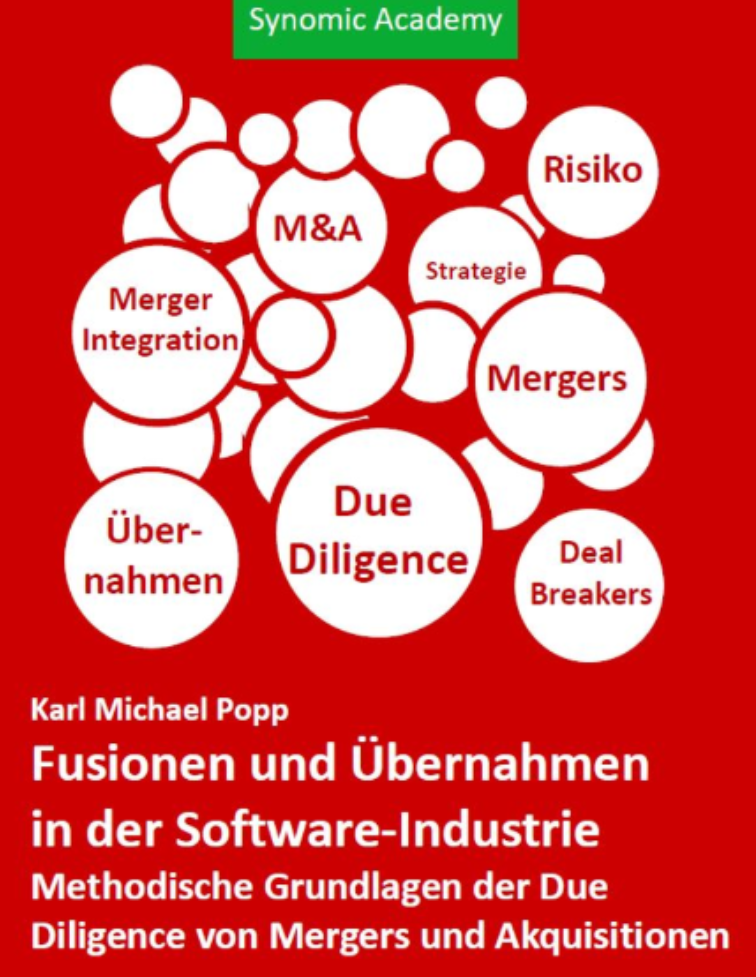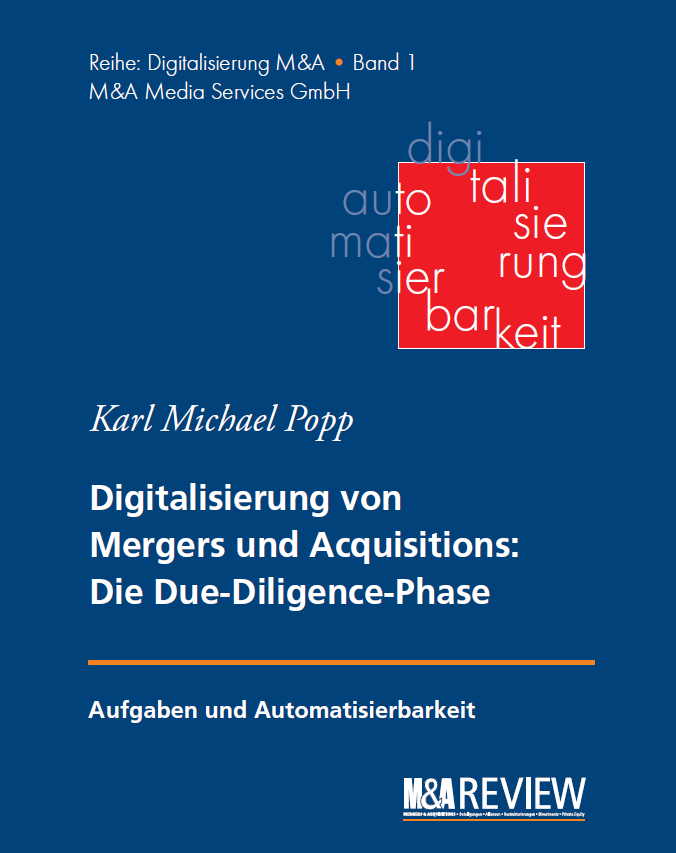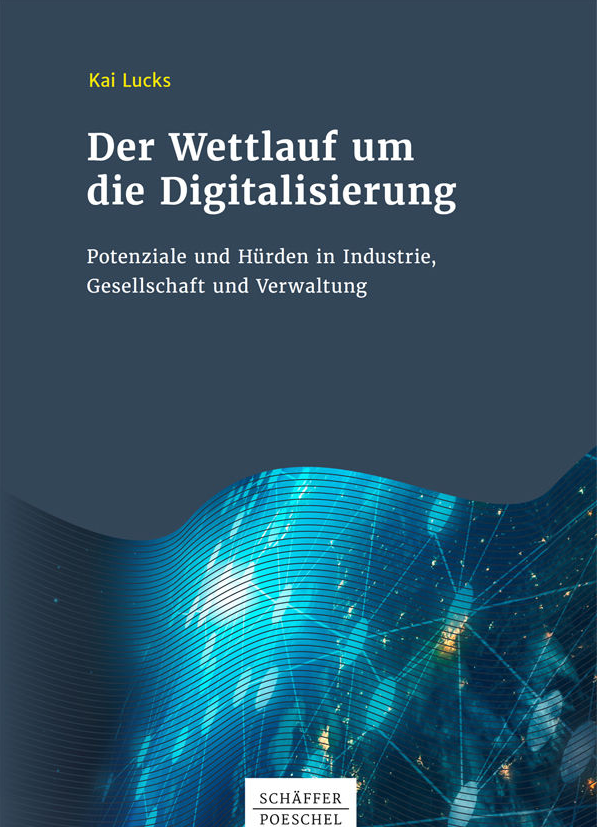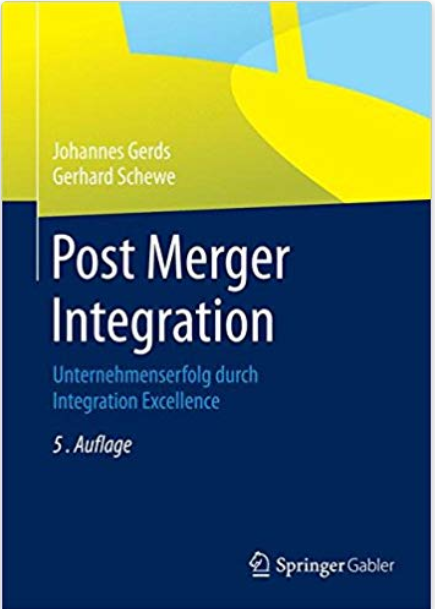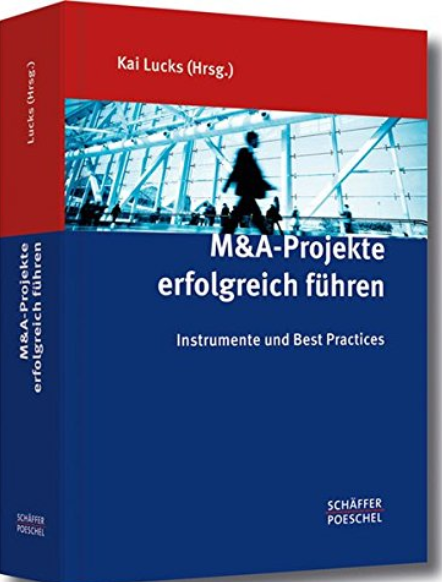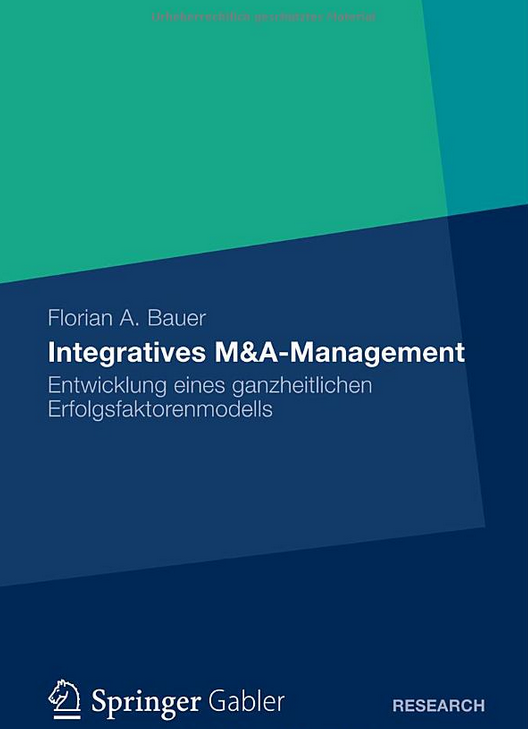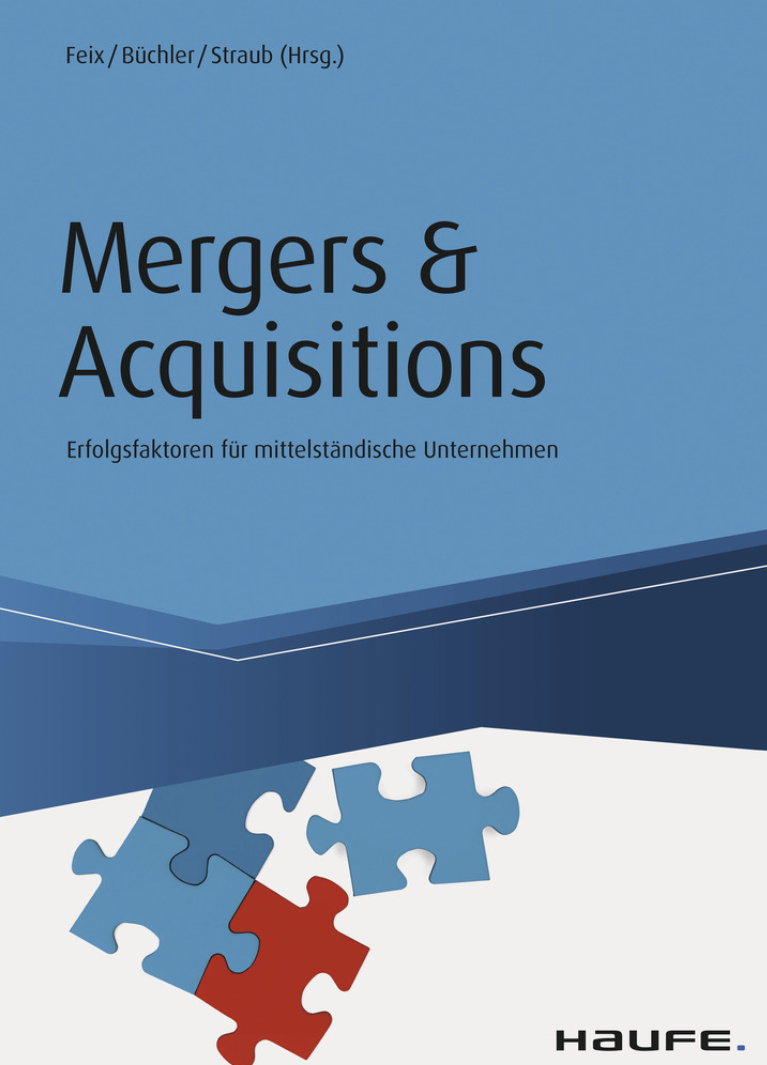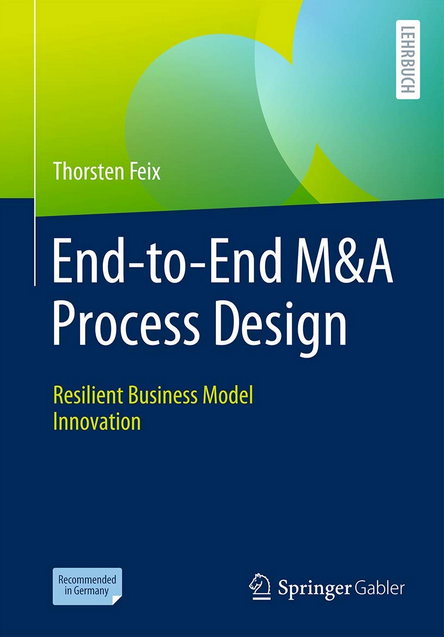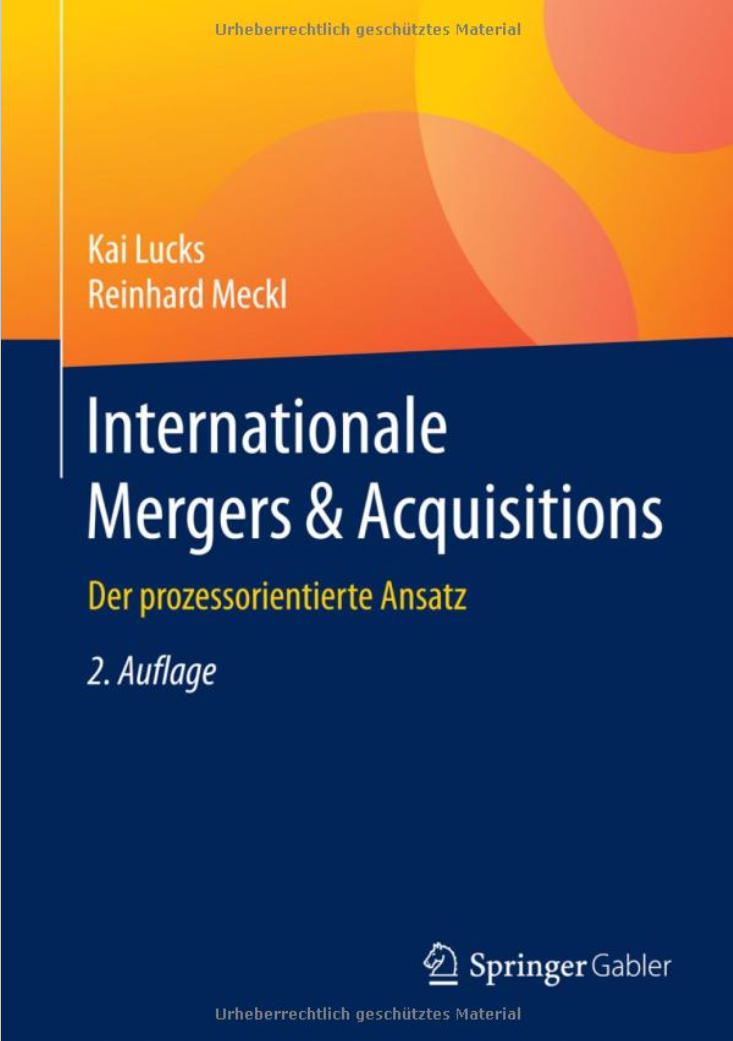Five key indicators that the merger integration project ends
Determining when a merger integration project is complete involves assessing various aspects of the integration process. While the specific indicators may vary depending on the nature of the merger and the objectives set forth, here are five key indicators that often signal the conclusion of a merger integration project:
Achievement of Integration Objectives:
Strategic Goals Met: The integration project should be considered complete when the strategic objectives outlined in the merger plan have been achieved. This may include synergies realized, market expansion accomplished, and other strategic milestones reached.
Financial Targets Attained: Financial metrics and targets set during the merger planning phase, such as cost savings or revenue growth, should be met or exceeded.
Stabilization of Operations:
Operational Stability: The organization's day-to-day operations should have stabilized, with any disruptions minimized. Processes and workflows should be integrated and functioning smoothly.
IT Systems Integration: If applicable, all IT systems should be integrated successfully, and any potential issues related to technology, data, or system compatibility should be resolved.
Cultural Integration and Employee Engagement:
Cultural Alignment Achieved: The integration of organizational cultures should be well underway, fostering a unified corporate culture.
Employee Engagement: Employee morale and engagement should be restored or improved, and any potential issues related to employee retention, communication, or dissatisfaction should be addressed.
Customer and Stakeholder Confidence:
Customer Satisfaction: Customer-facing processes should be integrated, and customer satisfaction levels should be monitored and maintained. Any initial disruptions or concerns from customers should be addressed.
Stakeholder Confidence: Key stakeholders, including investors, suppliers, and partners, should demonstrate confidence in the merged entity. This may be reflected in market perception, stakeholder communications, and overall relationships.
Monitoring and Continuous Improvement:
Monitoring and Evaluation: Establish a system for monitoring ongoing performance against key performance indicators (KPIs) and integration goals. Regular assessments can help identify any lingering issues or areas for improvement.
Continuous Improvement Processes: The organization should have mechanisms in place for ongoing evaluation and continuous improvement. Lessons learned during the integration process should be documented and used to refine future M&A strategies.
It's important to note that the conclusion of the formal merger integration project does not mean that all activities cease. Ongoing monitoring, performance evaluation, and continuous improvement efforts should persist as part of the organization's post-integration strategy. Additionally, the timeline for integration completion can vary significantly based on the complexity of the merger and the industry in which the organizations operate. Regular assessments and adjustments should be made to ensure that the integration remains on track and that any emerging challenges are addressed promptly.
Like my thoughts? READ MY NEW BOOK
ORDER AT AMAZON
ORDER IN GERMANY










